
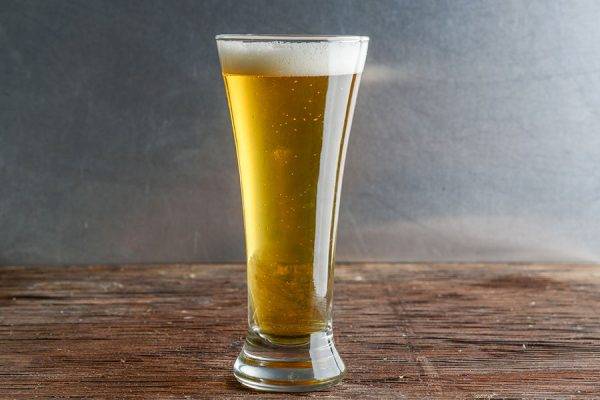
"Watching the game, havin’ a Bud."
 . We’re excited!
. We’re excited!For 2024, the American Homebrewers Association (AHA) is pleased to offer AHA members the option to gather surrounded by layers of beer appreciation, education, and off-the-charts networking at the who’s who of U.S. beer gatherings, Great American Beer Festival
We look forward to celebrating homebrewers on a national stage and hosting the National Homebrew Competition awards at the country’s largest beer festival, first hosted by the AHA in 1982.
Learn more about Homebrew HQ at GABF
The post Get Ready: Homebrew HQ at Great American Beer Festival appeared first on American Homebrewers Association.… Read the rest “Get Ready: Homebrew HQ at Great American Beer Festival”
Mash in BrewEasy at 154°F (68°C) for 60 min. Add lactic acid to hit mash pH of 5.2. Boil 60 min. Whirlpool at 170°F (77°C). Ferment at 65°F (18°C) for 3 days, then ramp to 69°F (21°C) over 4 days. Dry hop at 50°F (10°C) for 2 days immediately prior to cold crash and packaging. Be sure to take extra time to let this one clear up!
The post Challenge Accepted American Amber Ale appeared first on American Homebrewers Association.
American Homebrewers Association… Read the rest “Challenge Accepted American Amber Ale”
The link between golf and beer goes far beyond simply popping a top on the course. While each can be enjoyed in solitude, craft beer and golf also evoke a solid sense of community. As with any sport, there can be friendly competition. Post-game beers are often a traditional way to unwind, discuss the highs and lows, and celebrate victories.
“Craft beer is an expansive culture with a huge gradient of beers, breweries, and folks who enjoy all aspects of brewery culture. Golf is the same, with its athletes, enthusiasts, and fun seekers,” says Heather Kraemer, co-owner and co-founder at Kraemer & Kin, located on Alburg Golf Links in Vermont.… Read the rest “Linking Up: Craft Beer & Golf”
If you are a sour brewer, you are likely no stranger to hefty fruit additions to your brews. If you are new to the sour frontier, here’s an opportunity to see the vast possibilities of elevating the character of your beer with various types of fruit.
Browse through these 20 sour beer recipes that include fruit additions during the homebrewing process!
Looking for more beer recipe inspiration? Visit the AHA Homebrew Recipe Library.


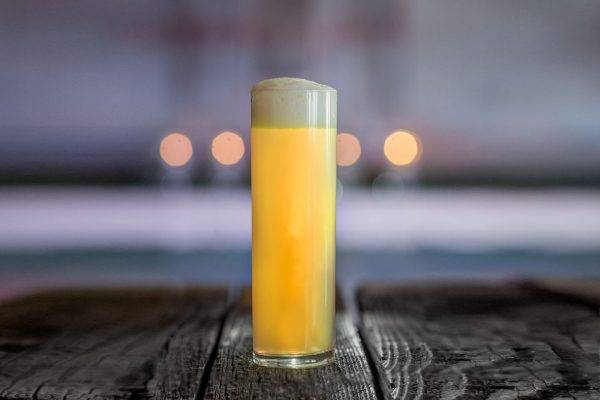


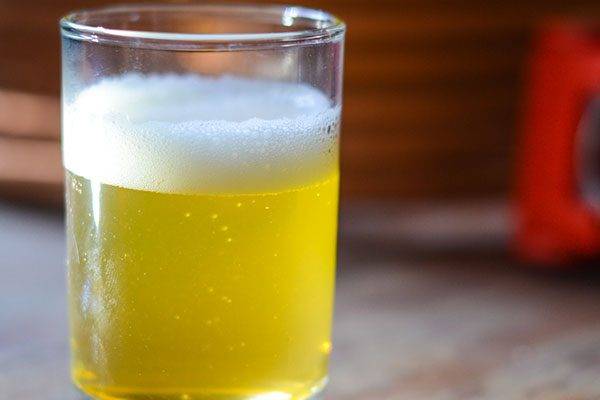

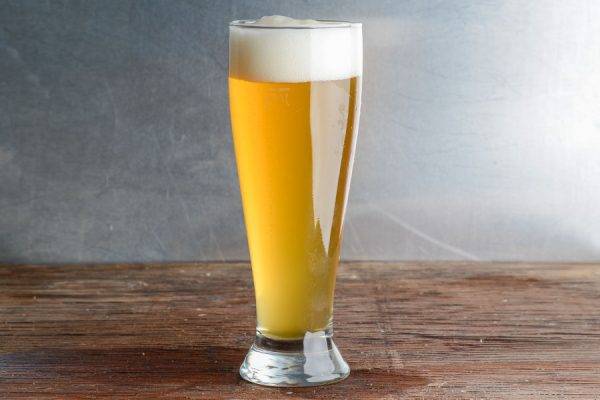

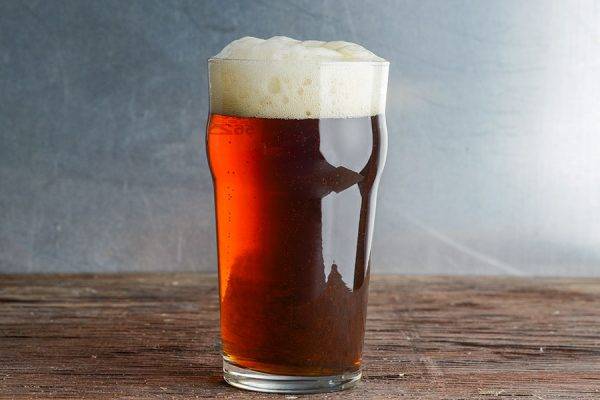

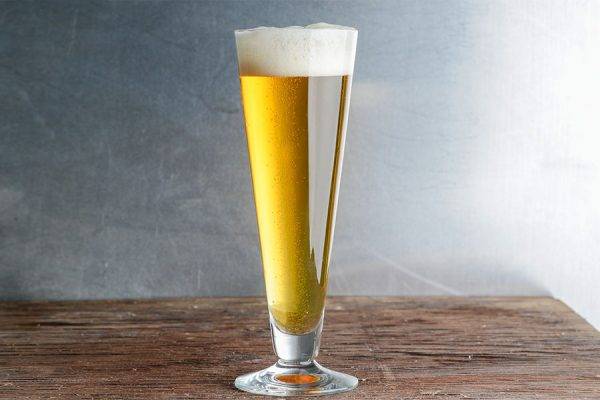

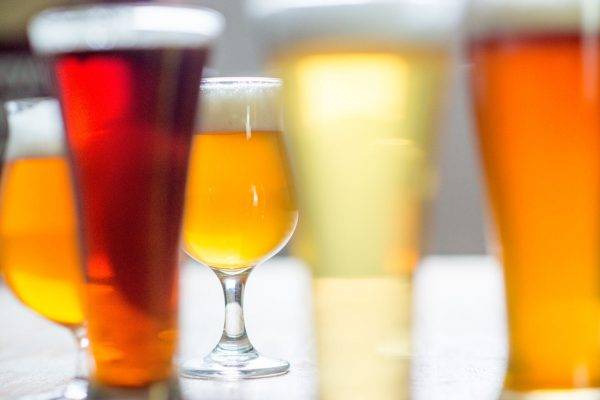
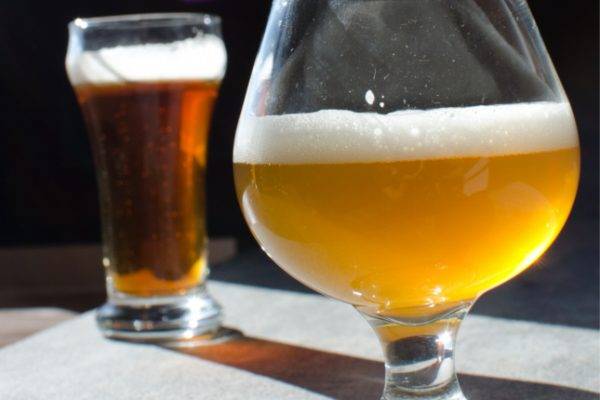


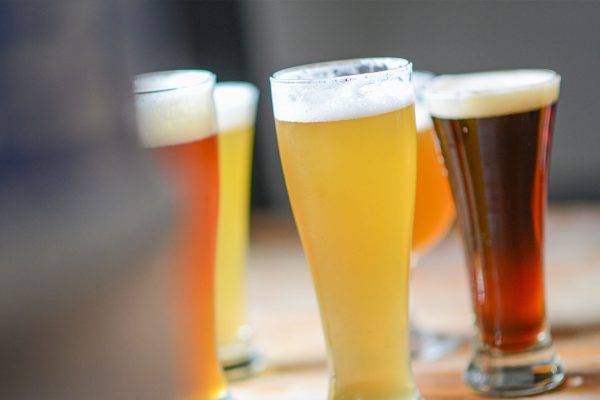

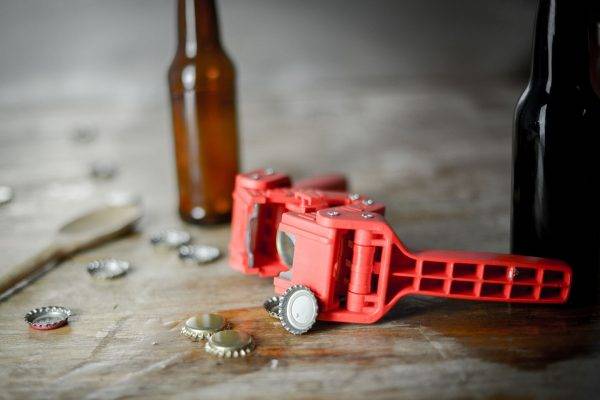
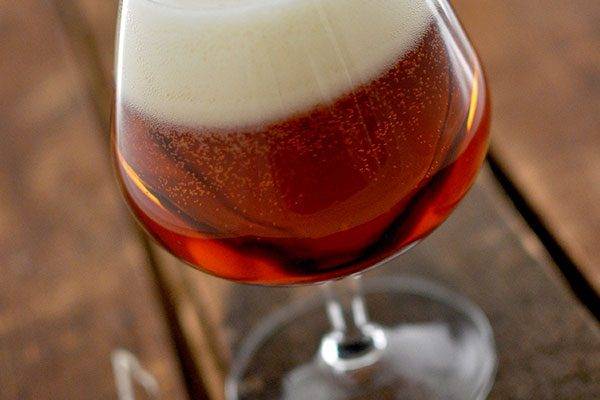



Psychedelic Weisse (Berliner Weisse with Dragon Fruit and Guava)
ABV: 3.10%
IBU: 3
SRM: 2.5
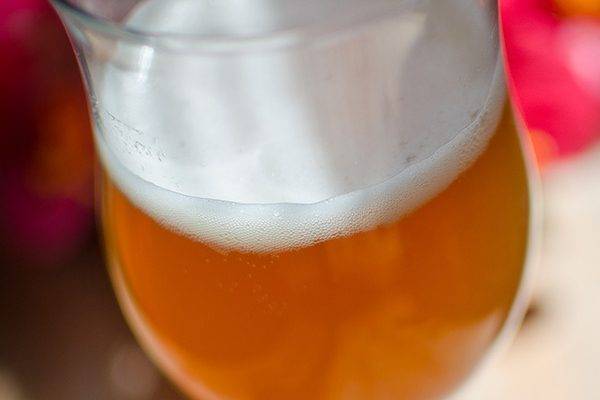

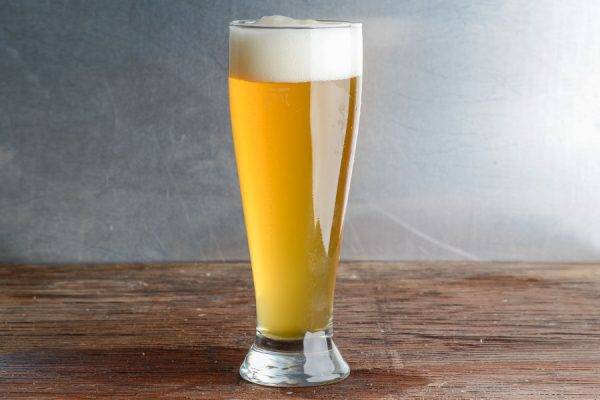
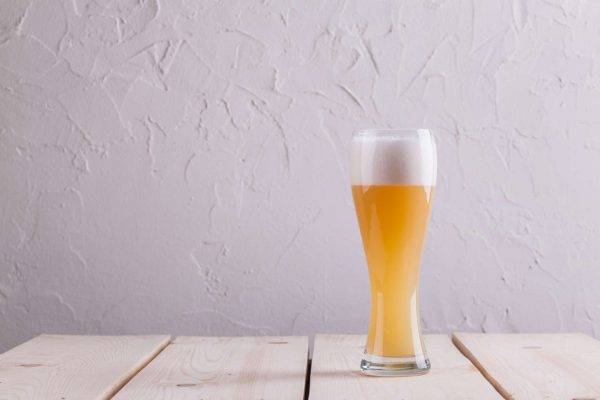
The post 20 Sour Beer Recipes Made with Fruit appeared first on American Homebrewers Association.… Read the rest “20 Sour Beer Recipes Made with Fruit”
All across the map, whether it’s Wisconsin’s indulgent butter burger, Minnesota’s cheese-stuffed Juicy Lucy, or the trendy Oklahoma smashburger, you’ll find shining examples of all-American hamburgers. But no matter how you stack it, the only accessory a burger needs is an ice cold beer.
With grilling season underway and Americans consuming an estimated 50 billion hamburgers annually, we talked with beverage directors at top burger restaurants to see what they’re excited about drinking this summer.
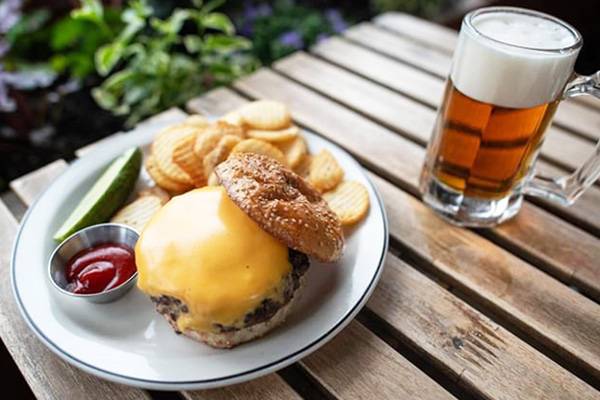
Since opening five years ago, Brooklyn’s Red Hook Tavern (RHT) has become a go-to for its seemingly simple, yet singular burger.… Read the rest “Meat & Malt: Beer Makes Burgers Better”
The July/August 2024 Zymurgy magazine is now available! Check out featured stories on Homebrewing with AI and IoT, Egyptian Drum Roasting, Bag-In-A-Keg systems and Munich’s seventh official brewery, Giesinger Bräu.
The post July/August 2024 Zymurgy Magazine Now Available appeared first on American Homebrewers Association.
American Homebrewers Association… Read the rest “July/August 2024 Zymurgy Magazine Now Available”
Beer family and friends: It’s almost time for the Great American Beer Festival® (GABF®), the nation’s largest and longest-running beer festival and cultural phenomenon!
With a brand-new floorplan, five new experience areas, and thousands of beers plus many other types of beverages to choose from, the 2024 GABF is poised to be the Best Fest Yet.
The American Homebrewers Association (AHA) is excited to announce that members will receive advance access to the ticket presale for this year’s GABF, the premier beer event of the year. The presale includes access to discounted tickets to PAIRED®, the most scrumptious beer and food event in the country.… Read the rest “Want Exclusive Access to Great American Beer Festival Presale Tickets and Discounts?”
In 2024, craft beer is in a period of transition. Women, BIPOC, and members of the LGBTQIA+ community have smashed down barriers of entry in the industry, forming meet-up groups, advocacy initiatives, and, of course, breweries. There’s still a substantial amount of work to be done, but there has been encouraging progress.
A necessary milestone for the industry to hit is the day when brewers are no longer boxed in by their backgrounds and how they identify, but are simply acknowledged and appreciated for the beer they brew.
However, it’s always vital to recognize the incredible work LGBTQIA+ brewery owners and brewers are doing to get craft beer closer to being a meaningfully diverse industry.… Read the rest “Pride in Their Craft: LGBTQIA+ Brewers Build Community”
Copyright © 2025 Whazup.com
